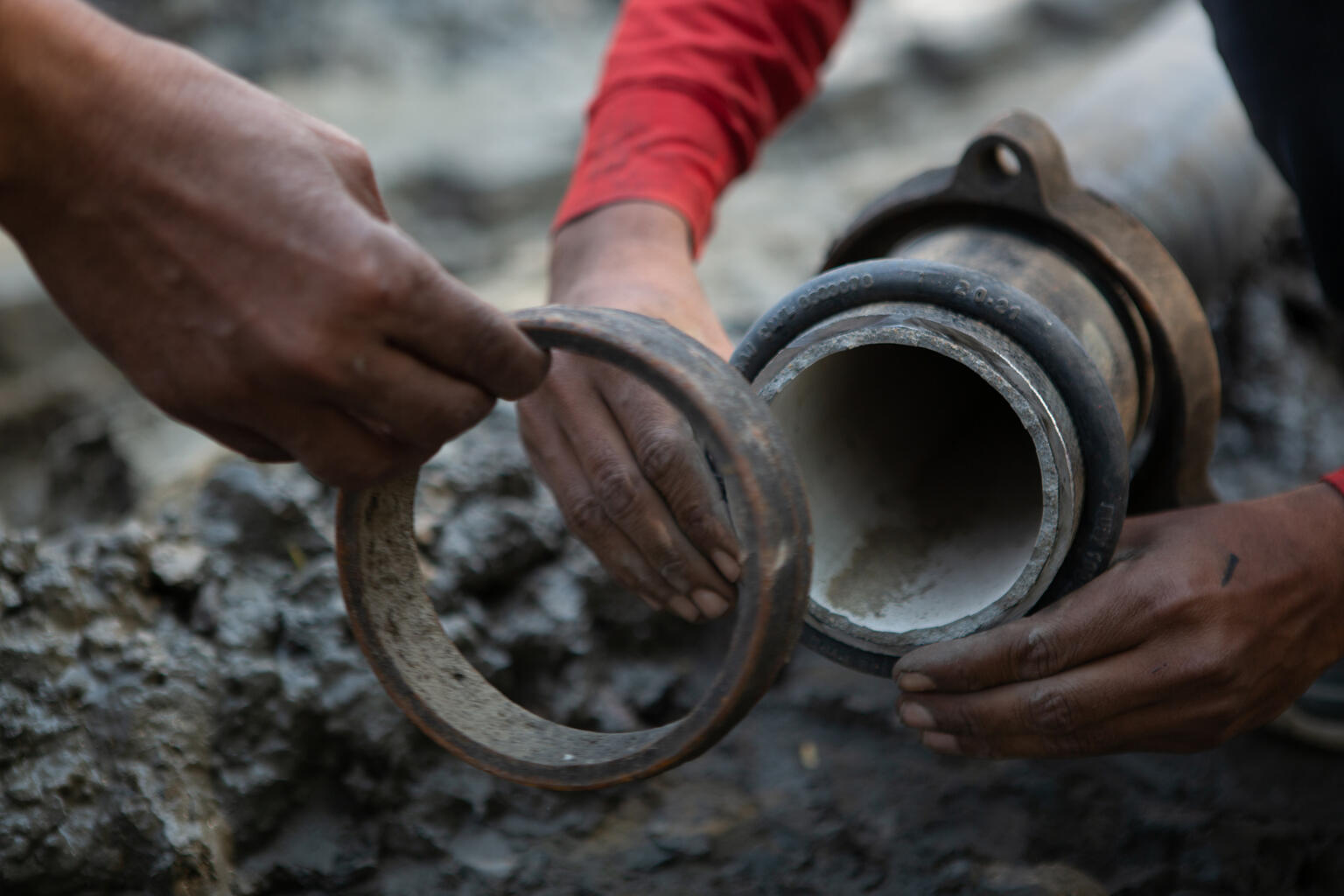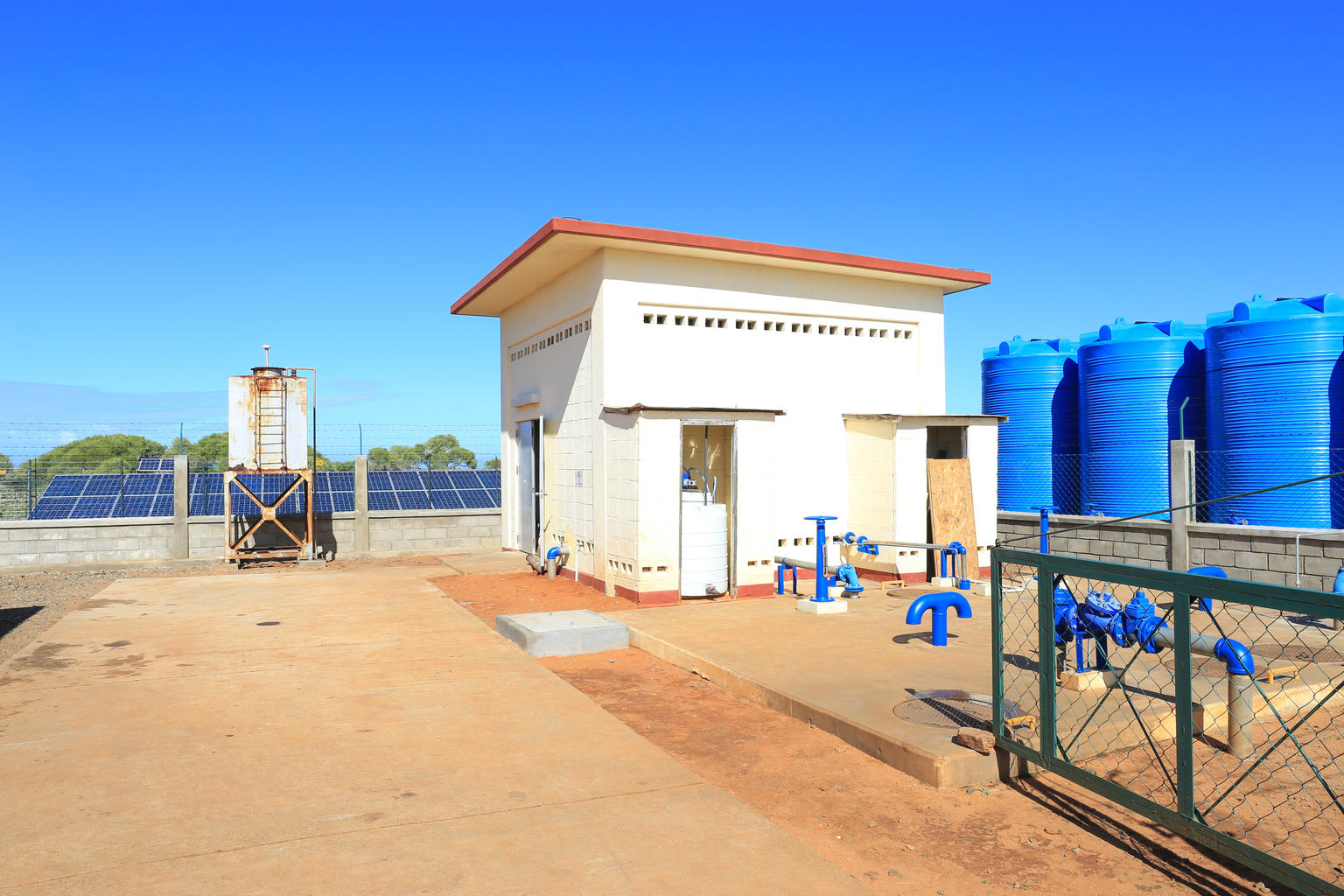Financing Water and Sanitation
A radical increase in water and sanitation investments is required to meet Sustainable Development Goal 6: to ensure availability and sustainable management of water and sanitation for all by 2030.
New sources of finance, and better use of existing sources, are a critical element of the enabling environment we urgently need to create if we are to meet our promises.

The issue explained
National WASH plans are underfunded. Most countries have WASH (water, sanitation and hygiene) policies supported by national plans. However, the vast majority of countries have insufficient financial resources to implement these plans. Official development assistance has increased modestly in recent years but by nowhere near enough.
WASH regulators are unable to carry out duties. In most countries, insufficient funds and human resources are often a major constraint in drinking-water and sanitation surveillance and oversight, which includes a failure to fully take corrective action against poor performance by service-providers.
Decision-making systems are underfunded. Most countries do not disaggregate budget or expenditure data for drinking-water and sanitation, suggesting that data systems are in need of investment. The majority of countries do not use performance indicators on expenditure and cost-effectiveness, potentially affecting decisions on WASH budget allocations or spending priorities.
Transboundary water cooperation is not attracting enough investment. Financial constraints and limited understanding among governments of the benefits of cooperation on water resources often hinder the mobilization of financial resources for transboundary water cooperation. The perceived high risk due to lack of formal arrangements is off-putting to investors in many cases.
There are three major sources of funds for water and sanitation.Taxes from individuals and businesses; transfers such as overseas aid, remittances or market interest rate lending; and tariffs paid by households, businesses and governments. The provision of good services depends on effective planning of how these funds are raised, in what proportions, and how they are implemented.

The way forward
WASH plans must be fully funded and well coordinated. Funding gaps impede progress, while existing funding from different sources is often uncoordinated among donors or sometimes even counterproductive. Improved targeting, better utilization of existing resources including harnessing of synergies between different SDGs, and the mobilization of public and private financing is required to catalyse efficient service delivery and implementation.
Governments must utilize innovative financing. Models for involving the private sector must be part of the funding mix, such as: public private partnerships, micro finance, green bonds and technology transfer.
The WASH sector must promote smart water and sanitation investments. Cash-strapped local governments, for example, should invest first in retro-fitting of existing systems while improving the collection of municipal taxes that in the longer term will generate a viable revenue stream to refinance loans and debt instruments for future investments in new, more expensive infrastructure.
Facts and Figures
- On average, basic WASH services cost just $0.6 per person each year in the least developed countries, or just 6% of current annual least developed government health spending. (WHO/UNICEF, 2023)
- Official development assistance commitments to the water sector decreased by 12% from 2015 to 2021, and actual disbursements decreased by 15% over the same period. (UN-Water, 2023)
- While 45% of countries are on track to achieve their drinking-water coverage targets, only 25% of countries are on track to achieve their sanitation targets. (GLAAS, 2022).
- Over 75% of countries report having insufficient financial resources to implement national WASH plans. (GLAAS, 2022).
- Over 80% of countries reported having an insufficient supply of trained professionals graduating annually from WASH training institutions that meet the needs for on-site sanitation and small drinking-water systems. (GLAAS, 2022).
- Aid disbursements to the water sector decreased by 5% between 2015 and 2022. (GLAAS, 2022).
- 1/3 of countries reported that donor funds are poorly aligned with national water sector plans, overwhelmingly in low-income countries. (GLAAS, 2022).
- Estimates indicate that to achieve SDG 6, over US$1 trillion will be needed per year. (World Resources Institute, 2020).

